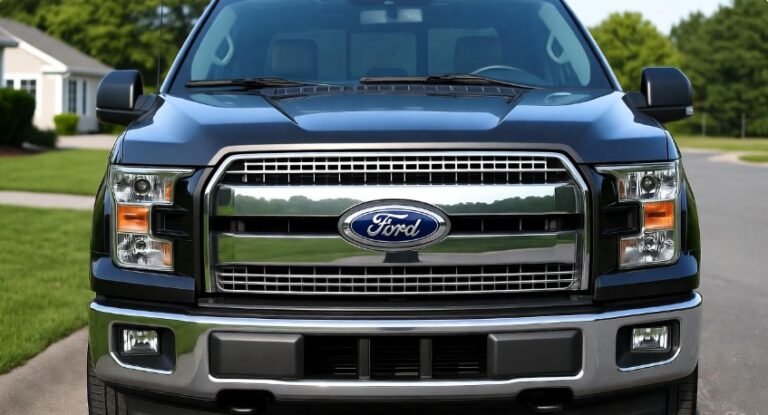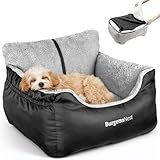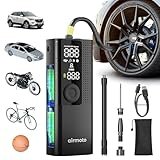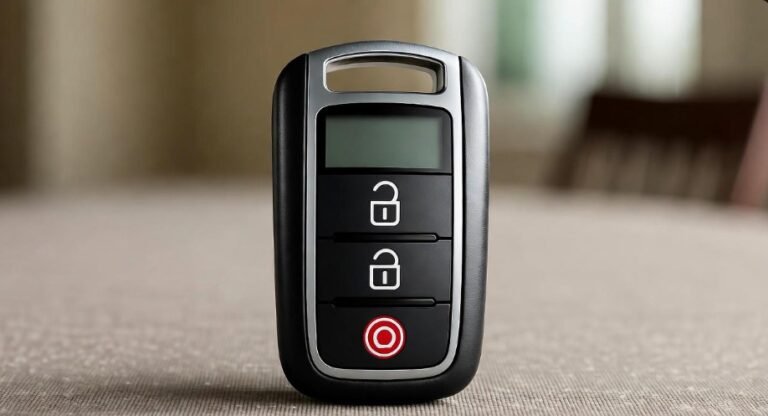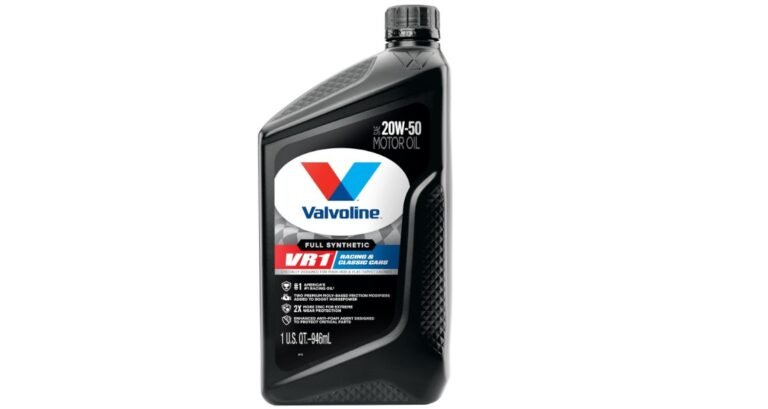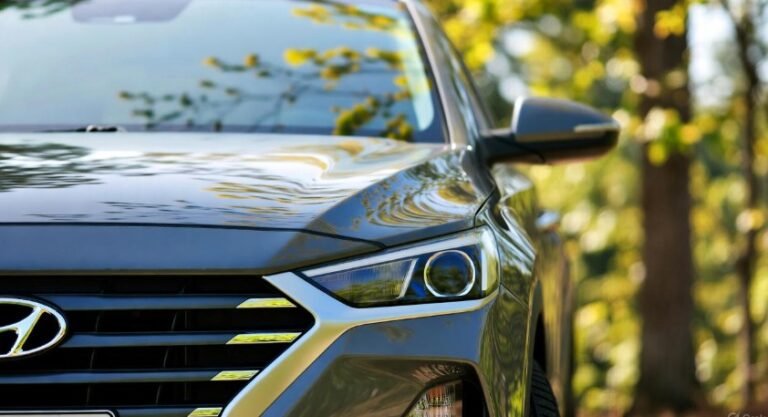Towing a Car with a Car: The Real-World Guide
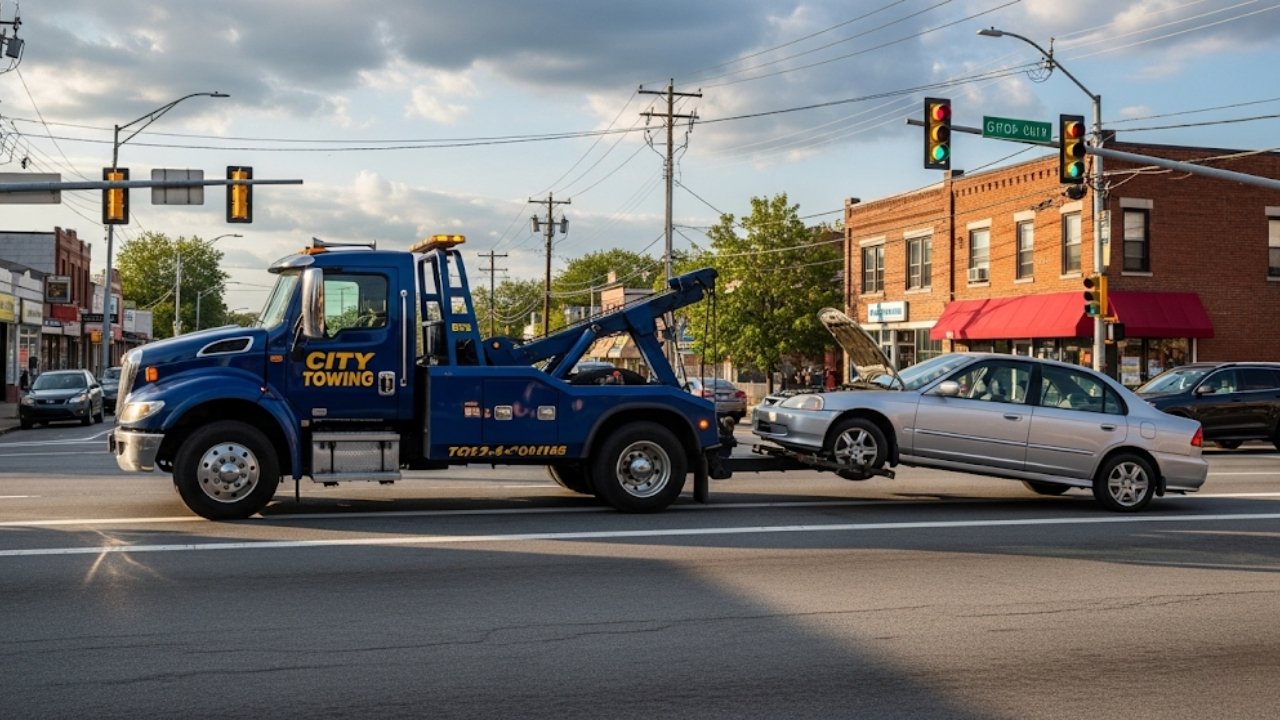
We’ve all been there—stuck on the side of the road, hazard lights blinking, with your car refusing to move. Maybe the battery’s dead. Maybe it overheated. Maybe your friend’s old truck finally gave up on that uphill battle. Whatever the reason, there’s this moment of uncertainty. Then comes the big question: Can I tow a car with my own car? The answer is yes—but with a few caveats.
Towing a car with a car isn’t just about hooking up a rope and stepping on the gas. It’s about knowing your limits, your vehicle’s capabilities, and most importantly—how to do it safely. This isn’t a job for cowboys or guesswork. But don’t worry, I’ve been through this more times than I’d like to admit, and I’ve got your back.
Why You Might Need to Tow a Car with a Car
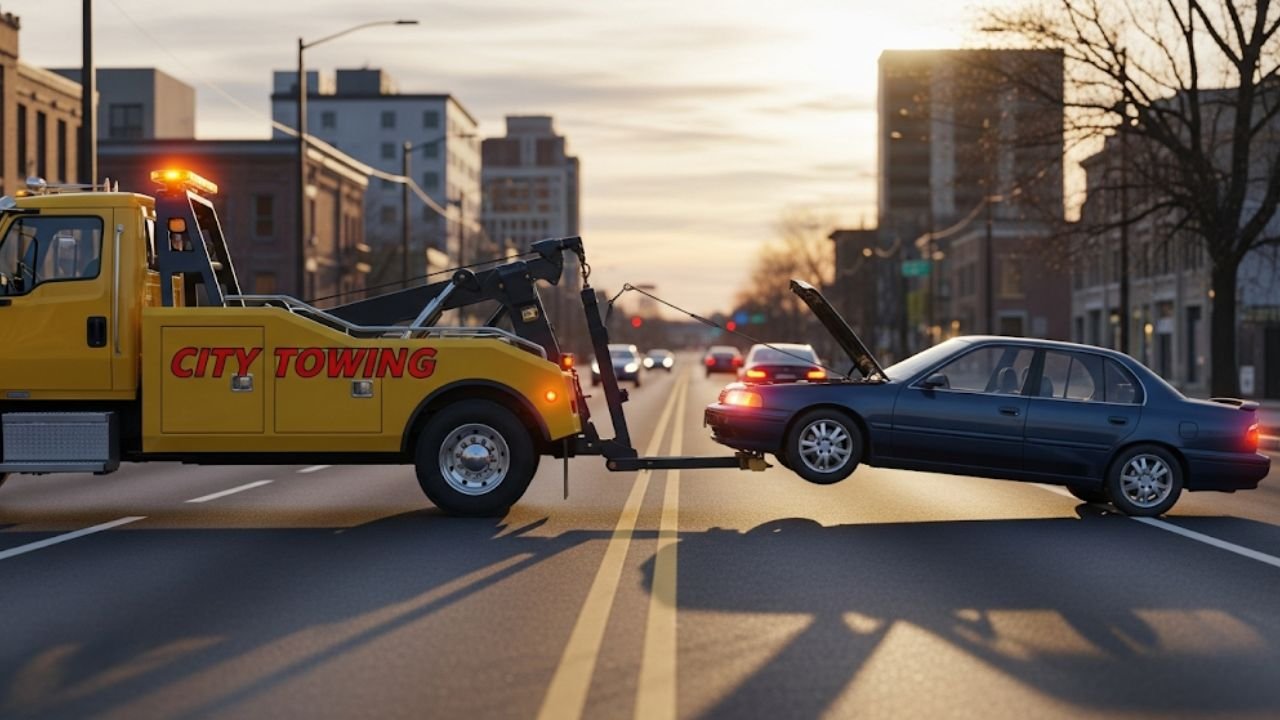
Here are some common scenarios:
-
Your friend breaks down, and the tow truck ETA is three hours
-
You’re off-roading or in a rural area with no cell reception
-
Your budget just can’t handle a $150+ towing fee
-
You have a second car handy and feel confident doing it yourself
Sometimes, we make decisions based on urgency. And in those moments, having the skill and know-how to tow a car safely can save time, stress, and even money. But remember, this isn’t something to take lightly. Safety comes first.
What You Need Before You Start Towing
Before we dive into the how-to, let’s talk about the gear. Towing isn’t just about having two cars; it’s about having the right equipment. Trust me—skipping this part is like trying to hike in flip-flops.
Here’s a checklist of what you’ll need:
-
Tow strap or tow rope (ideally rated for at least 5,000–10,000 lbs)
-
Tow bar or tow dolly for longer or highway tows
-
Proper hitch setup on the towing vehicle
-
Working brake lights and turn signals on both vehicles
-
A driver in the towed car (most of the time)
Don’t try to improvise with old chains or frayed ropes. I’ve seen a guy try to use bungee cords. Let’s just say, the outcome wasn’t great—and the car was in worse shape than before.
Is It Legal to Tow a Car with Another Car?
Ah, the legal stuff. Not fun, but important. Depending on where you live, towing a car with a car might fall into a gray area. Some states require specific lighting, brake systems, or even a commercial towing license.
Here’s a quick state-by-state comparison for the U.S.:
| State | Legal to Tow? | Tow Lights Required? | Brake Assist Required? |
|---|---|---|---|
| California | Yes | Yes | Yes (over 1,500 lbs) |
| Texas | Yes | Yes | Yes (over 3,000 lbs) |
| Florida | Yes | Yes | No |
| New York | Yes (limited) | Yes | Yes |
| Arizona | Yes | Yes | No (optional) |
Always check your local DMV or highway patrol rules. Even if you think it’s just a short ride, an officer might see it differently—and a ticket could cost more than a tow.
Choosing the Right Vehicle to Tow With
Let’s make one thing clear: not all cars are meant to tow. If you’re trying to tow a car with a car, your towing vehicle needs to be stronger and heavier than the car it’s pulling. Otherwise, you’re setting yourself up for danger.
Here are some great car types for towing:
-
SUVs with V6 or V8 engines
-
Pickup trucks (even light-duty)
-
Crossovers with a towing package
-
Older sedans like the Ford Crown Victoria (surprisingly tough)
Avoid trying to tow with compact cars like a Honda Civic or Toyota Yaris. They’re not built for it, and you could damage your transmission or brakes—not to mention lose control on the road.
Rule of thumb: your towing car should weigh at least 750–1,000 lbs more than the vehicle you’re towing. That margin gives you control, braking power, and safety.
Step-by-Step: How to Tow a Car with Another Car
Here comes the practical part. If you’ve got your gear, your vehicles ready, and someone to help, here’s how to do it.
Step 1: Align the Vehicles
Get both cars lined up on level ground. The towing car should be facing forward with enough room in front. The towed car should be in neutral with the parking brake off.
Step 2: Attach the Tow Rope or Bar
Use proper hooks and attachment points. Most cars have a tow hook in front (usually under a plastic cover) and a tow eye at the back. Loop your rope or strap securely and double-check it.
Step 3: Communication is Key
Use phones or hand signals. Decide on simple cues:
-
One honk = stop
-
Two honks = ready
-
Hand wave = something’s wrong
Don’t assume the other driver knows what you’re doing. A little prep goes a long way.
Step 4: Start Slow
Begin with a gentle pull. Sudden jerks can snap your rope or cause damage. Keep speeds under 25 mph, especially in urban areas.
Step 5: Brake Early and Often
The towed vehicle has limited (or no) braking power. So, the towing car must brake early. This requires smooth driving, extra distance between cars, and plenty of patience.
Real Talk: The First Time I Towed My Friend’s Car
I’ll never forget the first time I tried towing a car with a car. My buddy’s old Honda Accord broke down in a Walmart parking lot. It was midnight, freezing cold, and neither of us wanted to wait for AAA.
I had a Ford Explorer, and we found an old tow strap in my trunk. We tied it up and started creeping down the road. It was all good—until we hit a red light. I slowed, but he didn’t. He bumped into me. No real damage, but it shook us both.
That taught me a valuable lesson: communication and brake control are everything. After that, we practiced signals and took it slower. Lesson learned—and no more late-night parking lot experiments.
Common Mistakes to Avoid While Towing
There’s a lot that can go wrong if you’re not careful. And honestly, I’ve made most of these mistakes at some point. Here are the top ones to avoid:
-
Using a rope that’s too weak (snap = instant danger)
-
Forgetting to secure steering on the towed vehicle
-
Driving too fast
-
Not using hazard lights
-
Towing a car in drive instead of neutral (hello, transmission damage)
Avoid these, and you’ll be miles ahead of most first-time towers. Literally.
Safety Tips That Could Save Your Life
Safety isn’t just a footnote. It’s the headline.
Here are a few non-negotiables:
-
Always use hazard lights on both vehicles
-
Keep the tow strap short (12–15 feet max)
-
Never tow on highways unless absolutely necessary
-
Check your brakes before you even hook up
-
Avoid towing uphill or downhill unless you’re experienced
Think of it like carrying someone on your back. You need to be strong, steady, and aware of every step. That’s the mindset when towing a car with a car.
Can You Tow a Car Long Distance with Another Car?
Here’s where things get tricky. While it’s technically possible to tow a car with a car over a long distance, it’s not always practical or safe. That’s like trying to carry your little cousin piggyback style on a full-day hike. Eventually, someone’s going to get tired—or worse, hurt.
Why Long-Distance Towing is Risky
-
Your tow rope or bar isn’t designed for sustained speeds
-
Road debris, potholes, and weather can wear down your connection
-
The towed car can overheat or suffer brake issues
-
Laws change across state lines (and you might not be compliant)
If you’re thinking of towing a car for more than 20–30 miles, consider alternatives like a flatbed trailer or professional tow service. In the end, the stress and risk might outweigh the savings.
Flat Towing vs. Dolly Towing: What’s Better?
Let’s get into the two main styles of car-to-car towing: flat towing and dolly towing.
| Method | What It Means | Pros | Cons |
|---|---|---|---|
| Flat Towing | All four wheels on the ground | Easy to hook up, cheap | Risk to transmission, no brakes |
| Dolly Towing | Front wheels elevated on a tow dolly | More control, protects drivetrain | Heavier, needs more setup |
Flat towing is great for emergencies or short distances. Dolly towing is ideal for longer or more complex routes, especially when your towed car has an automatic transmission.
Pro Tip: If your car has AWD (all-wheel drive), avoid flat towing unless it’s explicitly allowed. Damage can be costly—like, new-transmission costly.
What Happens If You Tow a Car Improperly?
Okay, here’s the sobering part. Improper towing can lead to:
-
Transmission failure
-
Damaged suspension
-
Brake wear
-
Broken tow hooks or bumpers
-
Accidents
Worse, if your setup isn’t legal, you could face:
-
Heavy fines
-
Liability in a crash
-
Insurance denial
Imagine this: you’re towing a car home after a breakdown, feeling proud you figured it out. Then the strap breaks. The car rolls into someone’s fence—or worse, traffic. You’re not just dealing with damage now. You’re dealing with consequences.
It’s not meant to scare you, but to stress this: if you’re going to tow, do it right.
Emotional Story: A Lesson I Learned the Hard Way
Let me tell you about 2020—already a rough year for most of us. I was helping my cousin move cross-state during the lockdowns. He had a busted Camry and a second car. He asked, “Can we tow it ourselves to save cash?”
I said yes.
We used my midsize SUV. Rented a cheap tow bar. Thought we were good. But 40 miles in, we hit a steep decline. I tapped the brakes early—but the Camry pushed into me. It wasn’t secured right, and we started fish-tailing.
My heart dropped.
Thankfully, I regained control. Pulled over. Took a breath.
We ended up calling a flatbed to take over the rest. It cost us more in the end—but gave us peace of mind.
I’ve never forgotten that moment. When you’re responsible for another vehicle—especially with people around—you realize: there’s no shortcut to doing it safely.
Towing Gear: Don’t Skimp on Quality
Let’s take a second to talk gear brands. Not all towing equipment is created equal.
Here are some trusted names I recommend (based on personal use and reviews):
-
Rhino USA: heavy-duty tow straps with solid stitching
-
CURT: great for tow hitches and accessories
-
Blue Ox: top-tier tow bars
-
Demco: reliable dollies and braking systems
A $20 rope from a gas station might seem tempting, but would you trust it with a two-ton vehicle? Invest once, and you’ll avoid headaches later.
Pro Tips for Smooth Towing Every Time
Here are a few golden rules from my own experience:
-
Always have a spotter when connecting vehicles
-
Double-knot everything and test before moving
-
Secure loose parts in the towed car (jack, tools, etc.)
-
Drive like your grandma’s in the backseat
-
Avoid sharp turns or sudden stops
The road becomes unpredictable when you’re dragging another car. But with the right habits, you’ll make it feel natural—even easy.
Emotional Tip: Don’t Let Pride Get in the Way
Listen, I get it. There’s something empowering about solving your own problem—especially when it’s mechanical. You feel like MacGyver or your own roadside hero. But sometimes, the brave thing is knowing when to ask for help.
There were times I forced a tow when I shouldn’t have. I was stubborn. I thought, “I’ve done this before. I got this.” Until I didn’t.
Know your limits. Respect the machine. And prioritize people over pride. That’s towing wisdom earned the hard way.
When to Tow, When to Call for Help
Let’s simplify things with a decision guide:
Call a Tow Truck If:
-
You’re towing more than 30 miles
-
The car has brake issues
-
It’s raining, icy, or dark outside
-
You don’t have a second driver
-
Your car isn’t tow-rated
Tow with a Car If:
-
You’re in a safe, controlled environment
-
It’s a short distance
-
Both drivers are experienced
-
You have quality equipment
-
You’ve checked local laws
Don’t let a situation turn into a regret. Be honest about your skills and tools.
Bullet Summary: The Do’s and Don’ts of Car Towing
✅ DO:
-
Use rated tow straps or bars
-
Have a driver in each car
-
Use hazard lights
-
Stay under 25 mph
-
Brake gently and early
❌ DON’T:
-
Tow more than your car can handle
-
Use weak ropes or bungee cords
-
Tow a car in park or gear
-
Forget to check brakes
-
Tow illegally on highways
FAQs: Towing a Car with a Car
1. Can I tow an automatic car with another car?
Yes, but be careful. Most automatics shouldn’t be towed with the wheels on the ground unless the manual says it’s okay. You could damage the transmission.
2. Do I need a license to tow a car?
In most cases, no. But check local laws. Some places require a commercial license if the weight exceeds certain limits.
3. Is it better to use a tow dolly or a rope?
Tow dollies are safer and easier to manage. Ropes work for short distances and emergencies.
4. Can a small SUV tow another car?
Only if it’s equipped for towing and heavier than the car it’s towing. Always check the manufacturer’s limits.
5. Is it illegal to tow a car without lights?
Yes, in most places. Both cars need visible lights at night or in bad weather.
6. Can you tow a car with a broken axle?
No, not safely. A broken axle usually means the wheels don’t turn properly. You’ll need a flatbed or a professional tow.
7. Can towing damage my car?
Yes, if done improperly. Especially if the car is in gear, or if the brakes aren’t functional. Always follow the manual.
8. Do I need brake lights on the towed vehicle?
Yes, in most jurisdictions. It’s a major safety and legal requirement.
9. Can an electric car tow another car?
Some can—like the Tesla Model X—but check your manual. Towing affects battery drain dramatically.
10. Is it legal to tow on the highway?
Only if the setup meets all safety standards—lights, brakes, and tow limits. Otherwise, it’s illegal and dangerous.
Final Thoughts: Towing a Car with a Car is a Skill Worth Learning
At the end of the day, towing a car with a car is about being smart, safe, and prepared. It’s not rocket science—but it’s also not something to improvise. With the right tools, teamwork, and attitude, you can tow confidently and calmly—even in unexpected situations.
I hope this guide helped you not just with facts, but with the mindset and intuition needed to make the right calls. And hey, if you ever find yourself on the side of the road with a dead car and a helping hand—maybe now you’ll be the one who knows exactly what to do.
Stay safe out there, and tow responsibly.

